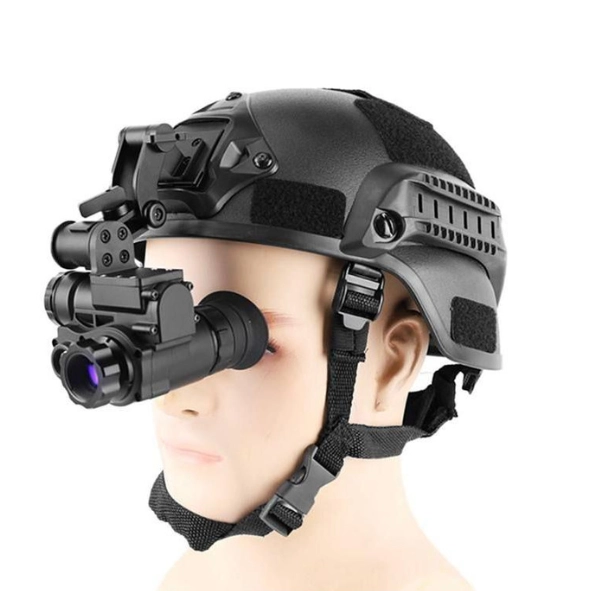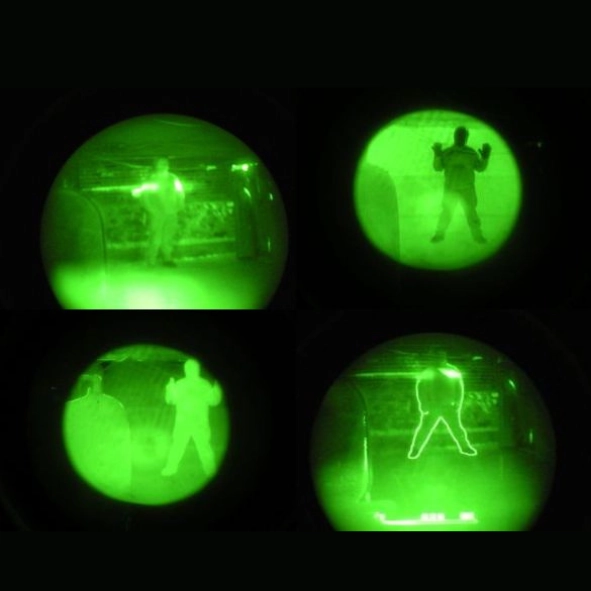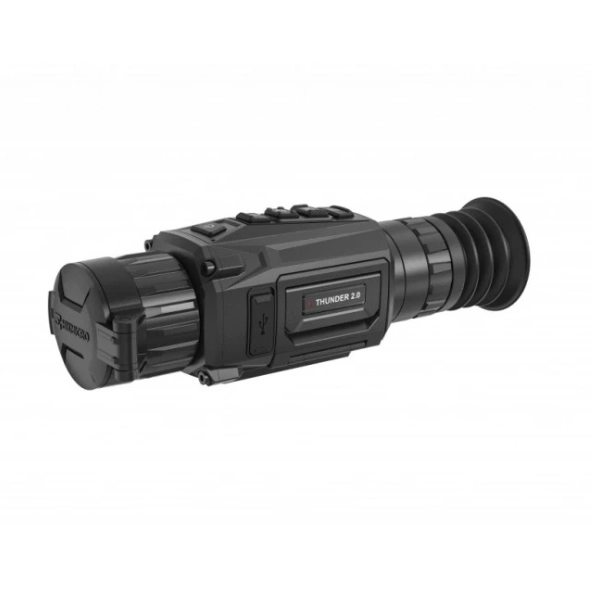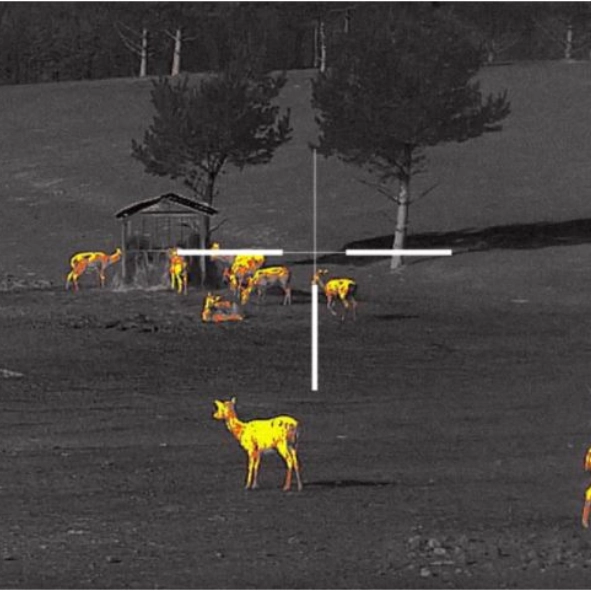Night vision vs. thermal imaging: how to choose the right technology for airsoft?
Airsoft games at night are full of adrenaline, where every advantage counts. One of the technologies that can greatly help you in night combat is night vision and thermal imaging. Both technologies have their place and are invaluable. But as it happens, each has its strengths and weaknesses. In this article, we'll look at the differences between night vision and thermal imaging, their benefits, drawbacks, and how you can use them in your airsoft gear.

1. Night vision: a classic for night operations
Night vision is a technology that allows you to see in the dark by amplifying residual light, such as moonlight or starlight. It works by amplifying what little light is available and converting it into an image that you can see in different shades of green (which is the color the human eye is most sensitive to at night).

Benefits of night vision:
More natural image: By amplifying the light, it provides an image that is closer to how you see during the day. You can see contours and details that are sufficient to navigate the terrain.
Great for tactical operations: it's good for unobserved movement from point A to point B, no need to shine flashlights.
Rugged and reliable: night vision is a robust technology that works great in low light conditions and with plenty of residual light, such as moonlight.
Disadvantages of night vision:
Dependence on light: Night vision is great if there is some light available. If you're in a completely dark area (like a deep forest with no moonlight), you'll have trouble seeing anything.
Susceptibility to light sources: strong light (e.g. from a flashlight or another player) can blind your night vision and make it temporarily difficult to find your way around.

2. Thermovision: heat vision
Unlike night vision, which amplifies light, thermal imaging works by detecting heat. All objects emit infrared radiation, which is heat, and thermal imaging can display the differences in temperature on a screen. This allows you to see objects even in complete darkness or through some obstacles such as dense vegetation or fog.

Advantages of thermal imaging:
Works in total darkness: Thermal imaging does not need any light to work. This is a huge advantage in night operations where there is no residual light.
Thermal imaging allows you to see enemies even when they are hiding behind vegetation or in dark corners. Human body heat is easily identifiable.
Easy target identification: Because thermal imaging displays heat, you can easily identify human figures or other warm objects even in challenging environments where night vision wouldn't help.
Disadvantages of thermal imaging:
Less detailed image: Unlike night vision, thermal imaging does not provide a detailed image of the terrain. You only see thermal differences, which can make it more difficult to navigate the terrain.
Viewing warm objects: Thermal imaging shows all warm objects, so you can see warm rocks or animals, for example, which can be confusing if you are looking for a specific target.
3. Affordability: thermal imaging vs. night vision
When thermal imaging came on the market, it was technologically challenging and very unaffordable. Today, however, the situation has changed. The more affordable models of thermal imaging are becoming competitive, and are therefore becoming more popular among airsoft enthusiasts. While high-performance thermal scopes are still expensive, for airsoft needs, you can find cheaper alternatives that get the job done perfectly. Thinking about a thermal scope for airsoft? Check it out here.
On the other hand, night vision is generally more affordable today and has a wider range of uses. If you're looking for a technology that offers better value for money, night vision may be the right solution for you. But we're advocates that thermal vision for airsoft is definitely a better investment.
4. How to choose the right technology for airsoft?
Night vision is a better choice if you play in an environment with some residual light, such as moonlight, or if you need more orientation in the field. It's ideal for players who need to quickly identify targets at a greater distance.
Thermal imaging is great for games in completely dark conditions or in difficult to see terrain where opponents often hide. It can also be advantageous in fog, rain, or dense woods where night vision becomes less effective.
In general, night vision is better for moving or shooting at shorter ranges, and thermal vision is good for finding targets and shooting at longer ranges.
If you're deciding what to get, also consider your playing conditions and budget. For airsoft night games, both technologies are useful, but each has its own specific advantages.
Conclusion: night vision vs. thermal imaging for airsoft
Night vision and thermal imaging are two different tools that can greatly help you in airsoft night games. Night vision will offer you a more natural and detailed image, while thermal imaging will not let you down even in complete darkness. The choice between the two depends on your preference, budget and gaming conditions.
If you're looking for a versatile solution at a reasonable price, night vision is a great choice. On the other hand, thermal imaging will give you a clear advantage in absolute darkness and allow you to spot hidden opponents in difficult terrain. Whichever technology you choose, both will give you an advantage that other players without these devices won't have.